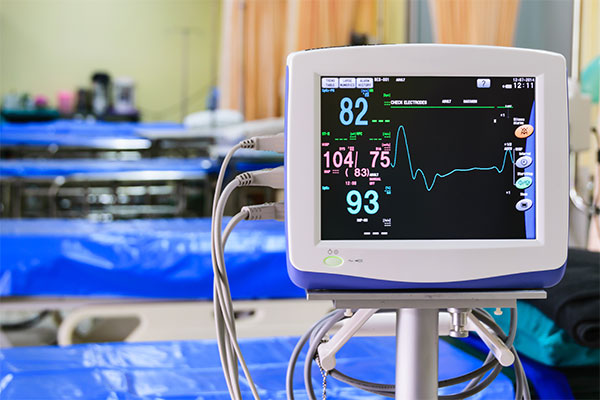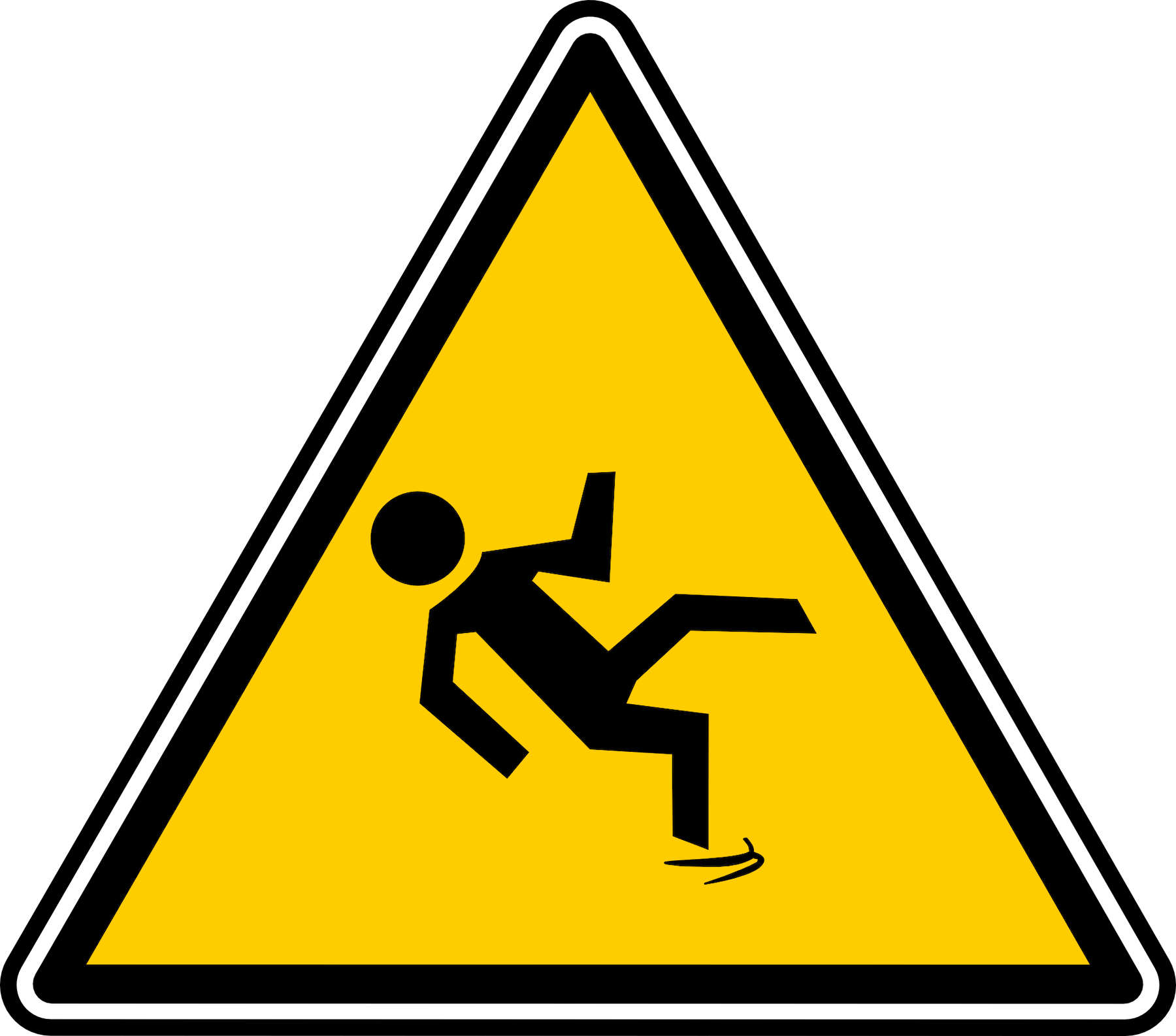What is the practical difference between bilingual healthcare workers and those bilingual staff that are qualified to interpret in healthcare?
On the surface the difference may seem negligible; but as soon as you take a close look at the code of ethics of interpreting in healthcare and the national standards of practice for healthcare interpreting, it becomes evident that interpreting is a different skill-set than bilingualism.
Interpreting requires more refined linguistic skills because the medical interpreter’s function is primarily to be a conduit of information for two other people. The interpreter isn’t able to negotiate meaning in a free back and forth with patients as the bilingual healthcare worker does with her own patients, which means that she’s locked into communicating a message the way someone else is communicating it, she’s not free to ad lib and make it her own. The interpreter is a neutral 3rd party who needs to express clearly, succinctly, and accurately everything that each party says in a tone and register that matches exactly what the original speaker is using.
Over the last 15 years of our work in Colorado with healthcare professionals, clinics, hospitals and hospital systems, we’ve seen a welcome shift in this understanding that those qualified to interpret possess a significantly different skill than those qualified to second language as a bilingual professional. We’ve seen systems and individual healthcare workers take a harder stance against family and friends interpreting for patients, and a recent interest in figuring out how to equip employed staff to be qualified healthcare interpreters. The Joint Commission has established norms and standards around providing culturally and linguistically appropriate services as well. No doubt it has put some pressure hospitals and added stress to administration, but the goal of establishing best practices for providing culturally and linguistically patient-centered care to their limited English patients is a good one. If you haven’t seen it yet, the Joint Commission has published an in-depth Roadmap for Hospitals that gives good insight.
Back to the topic at hand, what are some of the important differences between bilinguals and qualified interpreters? Keep reading…
5 Tangible differences between the qualified healthcare interpreter and the bilingual healthcare worker:
- A difference in relationship with the patient. Healthcare providers, nurses and staff are encouraged to have a relationship with patients within the clinical setting. Interpreters don’t have any relationship with the patient; their goal is to help establish and encourage a relationship with the professional(s) caring for them. It’s bad form for the interpreter to get in-between the patient and the professional in any way. The interpreter’s function is to facilitate the relationship between the care team and the patient. A simple action point to consider: interpreters should not be present in patient rooms nor have conversations with the patient in the absence of the care provider.
- An important linguistic difference between qualified interpreters and bilinguals. When operating in bilingual mode you can express an idea in a variety ways and still communicate the same thing. For example, I’m trying to learn the onset of a patient’s pain. I can ask the question in a variety of ways: When did the pain start?, How long have you had this pain?, When did you first notice the pain?, How long ago did the pain start?, and I’ll get the important information from the patient. The interpreter, however, can’t be so flexible with her language. She has to express the question in the same words as the speaker did. Furthermore, as an interpreter you must also convey HOW (tone and register) the speaker communicates. If the speaker says “butt”, the interpreter must interpret “butt” faithfully. It’s not sufficient to use “bottom”, “backside”, “tush”, “ass”, “hind end”, etc.; interpreters must use the most faithful interpretation of the words speaker is using. As you might imagine, this is a very complex linguistic task. The interpreter’s linguistic range needs to be wide enough to express ideas in ways that she may not express them naturally on a daily basis.
- A difference in trained focus, memory and concentration. One of the most stark contrasts between a qualified interpreter and a bilingual staff person trying to interpret is the interpreter’s trained capacity to focus on the important details of a healthcare conversation, retain the information, and convert it to the target language accurately without requiring multiple repetitions and without omitting important details. This is a refined skill that takes untold hours of guided practice. In fact, we spend about ¼ of our Introduction to Interpreting in Healthcare course working on memory and concentration skills.
- Source vs conduit. The bilingual provider can ask their own questions to patients and answer patient questions directly as they are able to. The interpreter would never ask a question nor provide an answer on their own – they only relay messages back and forth between the 2 parties in the conversation; they are a conduit of information between two other parties. The lines get a little muddled when you have trained clinical staff to function as a qualified medical interpreter, but the rule of thumb is the interpreter is only the conduit of information between other parties – never the source of information.
- Standards. The qualified interpreter is held to the national standards of practice and the national code of ethics of interpreting in healthcare. The average bilingual employee or clinical staff person has little to no familiarity with these accepted standards for professional interpreting. As we all know, when you practice out of scope, you may have good intentions, but you become little more than a liability to the patient, care team, and the organization.
Of course, many bilingual staff can become qualified to interpret in healthcare. In most cases, skilled bilinguals can become qualified medical interpreters with as little as 16 – 20 hours of specialized medical interpreter training. This is, in fact, a great strategy for many clinics, hospitals and hospital systems to tap the resources that are already on the payroll if they can get them trained to be qualified interpreters in addition to fulfilling their primary role as clinical or support staff.
In conclusion, bilingualism is a requirement for interpreting in healthcare, but bilingualism and interpreting are two distinct roles and competencies. Most bilinguals have the capacity to become interpreters, but they must be trained in the skill set and be aware of the ethic and standards of practice of interpreting in healthcare.
If you would like to become a qualified healthcare interpreter and/or you have staff members at your organization that you’d like to train, contact us and we’ll be glad to help.




